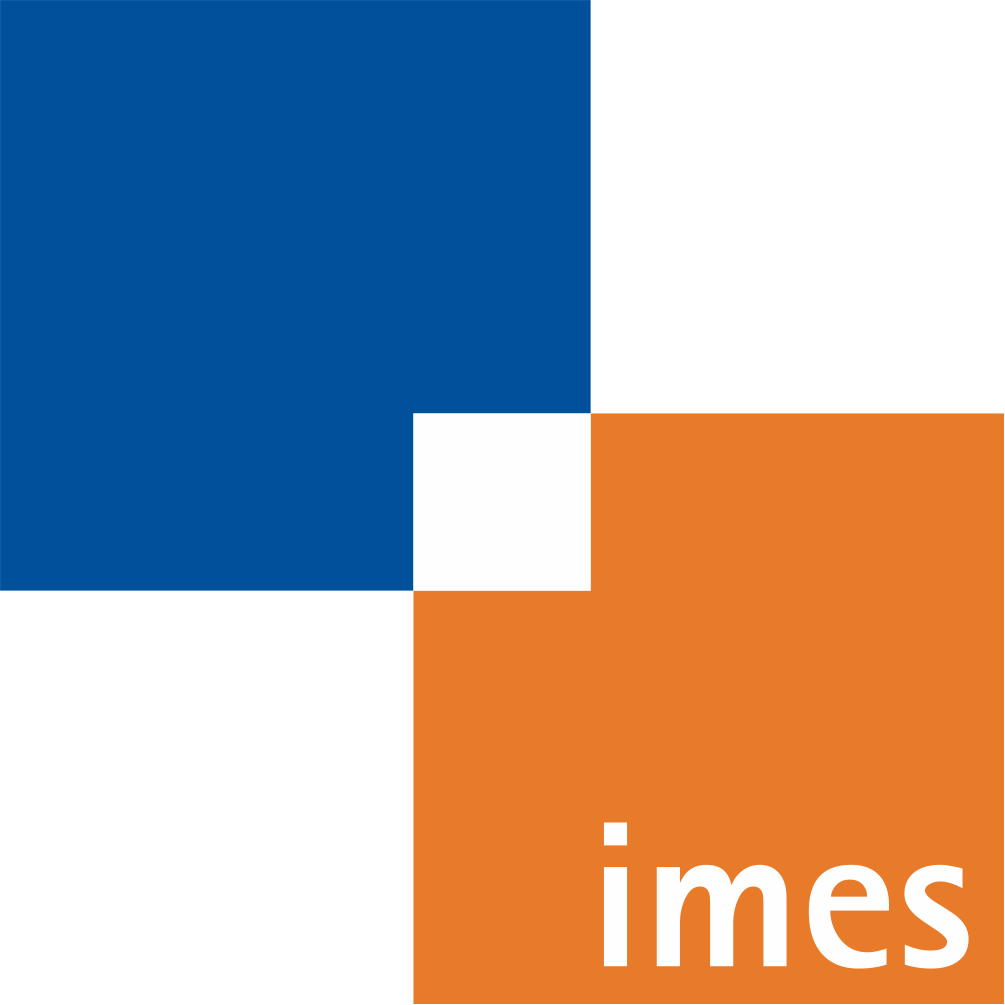A dataset of laryngeal endoscopic images with comparative study on convolution neural network-based semantic segmentation
- verfasst von
- Max Heinrich Laves, Jens Bicker, Lüder A. Kahrs, Tobias Ortmaier
- Abstract
Purpose: Automated segmentation of anatomical structures in medical image analysis is a prerequisite for autonomous diagnosis as well as various computer- and robot-aided interventions. Recent methods based on deep convolutional neural networks (CNN) have outperformed former heuristic methods. However, those methods were primarily evaluated on rigid, real-world environments. In this study, existing segmentation methods were evaluated for their use on a new dataset of transoral endoscopic exploration. Methods: Four machine learning-based methods SegNet, UNet, ENet and ErfNet were trained with supervision on a novel 7-class dataset of the human larynx. The dataset contains 536 manually segmented images from two patients during laser incisions. The Intersection-over-Union (IoU) evaluation metric was used to measure the accuracy of each method. Data augmentation and network ensembling were employed to increase segmentation accuracy. Stochastic inference was used to show uncertainties of the individual models. Patient-to-patient transfer was investigated using patient-specific fine-tuning. Results: In this study, a weighted average ensemble network of UNet and ErfNet was best suited for the segmentation of laryngeal soft tissue with a mean IoU of 84.7%. The highest efficiency was achieved by ENet with a mean inference time of 9.22 ms per image. It is shown that 10 additional images from a new patient are sufficient for patient-specific fine-tuning. Conclusion: CNN-based methods for semantic segmentation are applicable to endoscopic images of laryngeal soft tissue. The segmentation can be used for active constraints or to monitor morphological changes and autonomously detect pathologies. Further improvements could be achieved by using a larger dataset or training the models in a self-supervised manner on additional unlabeled data.
- Organisationseinheit(en)
-
Institut für Mechatronische Systeme
- Typ
- Artikel
- Journal
- International journal of computer assisted radiology and surgery
- Band
- 14
- Seiten
- 483-492
- Anzahl der Seiten
- 10
- ISSN
- 1861-6410
- Publikationsdatum
- 14.03.2019
- Publikationsstatus
- Veröffentlicht
- Peer-reviewed
- Ja
- ASJC Scopus Sachgebiete
- Chirurgie, Biomedizintechnik, Radiologie, Nuklearmedizin und Bildgebung, Maschinelles Sehen und Mustererkennung, Gesundheitsinformatik, Angewandte Informatik, Computergrafik und computergestütztes Design
- Elektronische Version(en)
-
https://doi.org/10.48550/arXiv.1807.06081 (Zugang:
Offen)
https://doi.org/10.1007/s11548-018-01910-0 (Zugang: Geschlossen)
